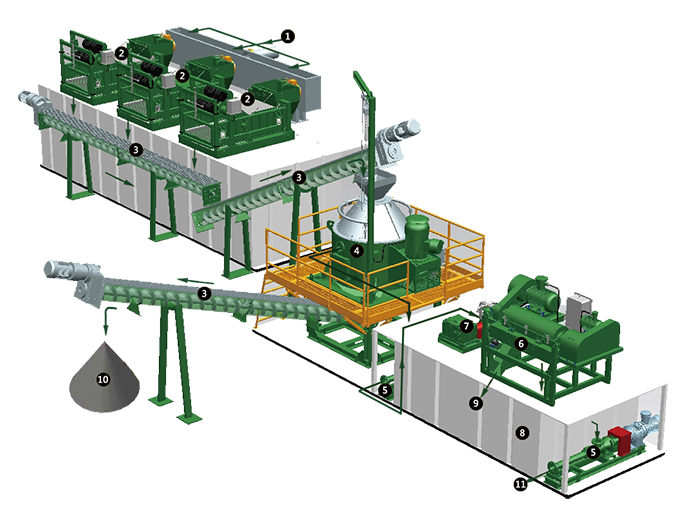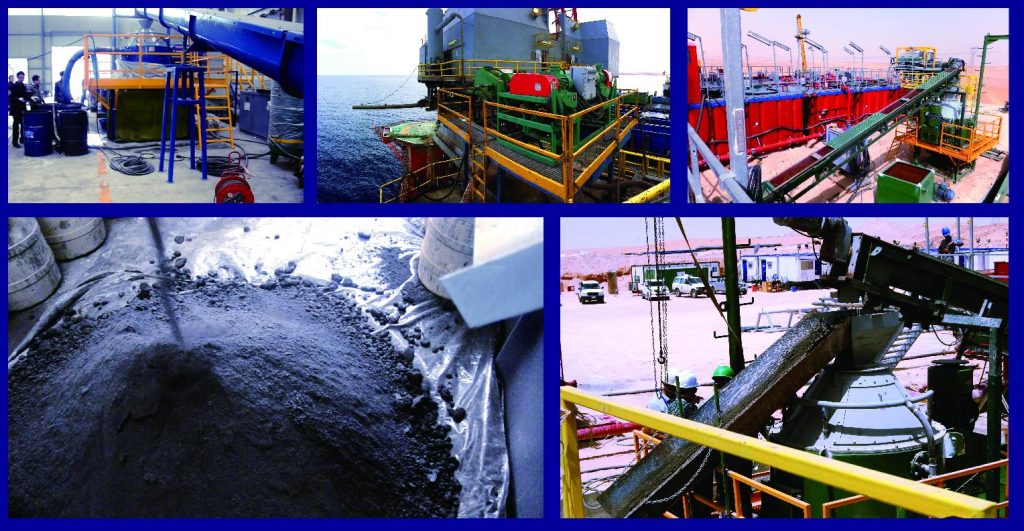The structural characteristics of oil mud sand in the oil field are particularly complex and diverse, making it very difficult to handle. It is generally composed of structures such as oil-in-water, water-in-oil and suspended solid impurities, and is an extremely stable mixture. The oil components in the sludge sand mainly contain saturated hydrocarbons and aromatic hydrocarbons, and the content of colloid and bitumen is less.
The composition of oil mud sand depends on the geological conditions of the major oil fields, the production technology and the process flow, and is also directly related to the variety of chemicals added, the quality of sewage, and sewage channels. Generally, the moisture content and salt content The amount of ingredients is high. Most of the sludge sands contain harmful substances such as arsenic, mercury, and salts. The characteristics of oily mud sand are mainly high crude oil content, some of which have oil content as high as 50%, high cohesion, and the main binding component of oily mud sand is also crude oil. Oil mud sand dispersed in water will be naturally divided into crude oil floating on the water surface and sand particles sinking to the bottom due to gravity, which mainly depends on the larger component density of oil mud sand. In water, the density of crude oil is lower than that of water.
There is also a big difference in the properties of the old oily sludge sand and the newly produced oily mud sand. The old oily mud sand has a long storage time, so there will be light components diffused during the long-term storage process, while some crude oil is due to the separation of seepage. The physical and chemical reactions of oil sludge will greatly change the properties of oil sludge, and therefore will slowly transform into a mixture of heavy oil, asphaltene, sand and soil.
Based on the above-mentioned structural characteristics, components and properties of oily sludge sand in the oil field, it is explained that the harmful components of oily sludge sand in the oil field are more and more complex, especially in the process of oil production, the addition of various chemicals will increase the toxic components of the oil sludge. These toxic components not only increase the difficulty of separation and purification of the oil sludge, but also more seriously, if the oil is directly discharged , Because the toxic substances are seriously exceeding the standard, the direct and arbitrary discharge will cause serious environmental pollution.
KOSUN- China Solids Control Leader&Drilling Waste Management Expert
Email: sales2@adkosun.com
WhatsApp/Wechat:+86 18792396268
Contact person: Lily Wang
Online consulting:
http://www.kosun.com
http://www.kosuneco.com


